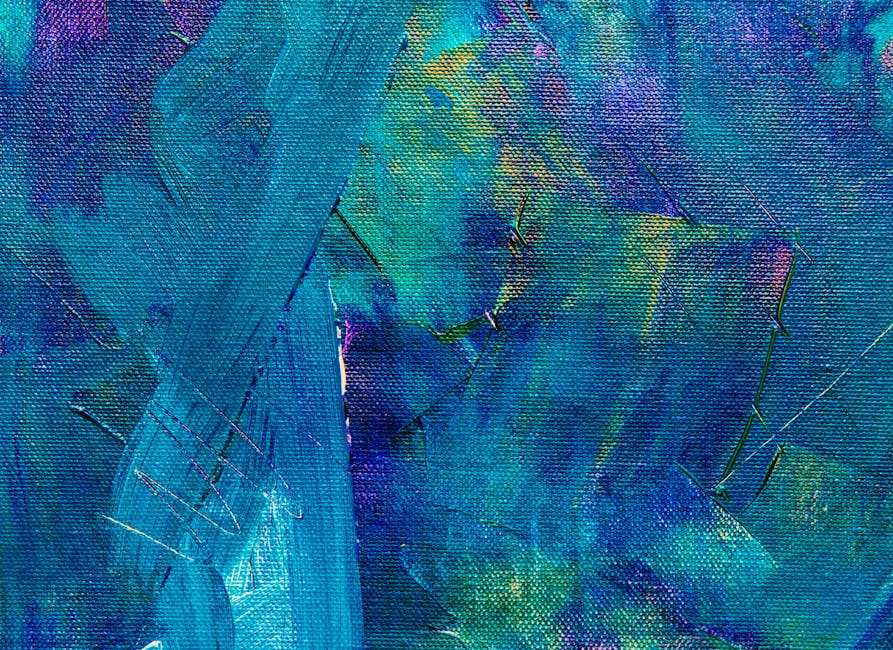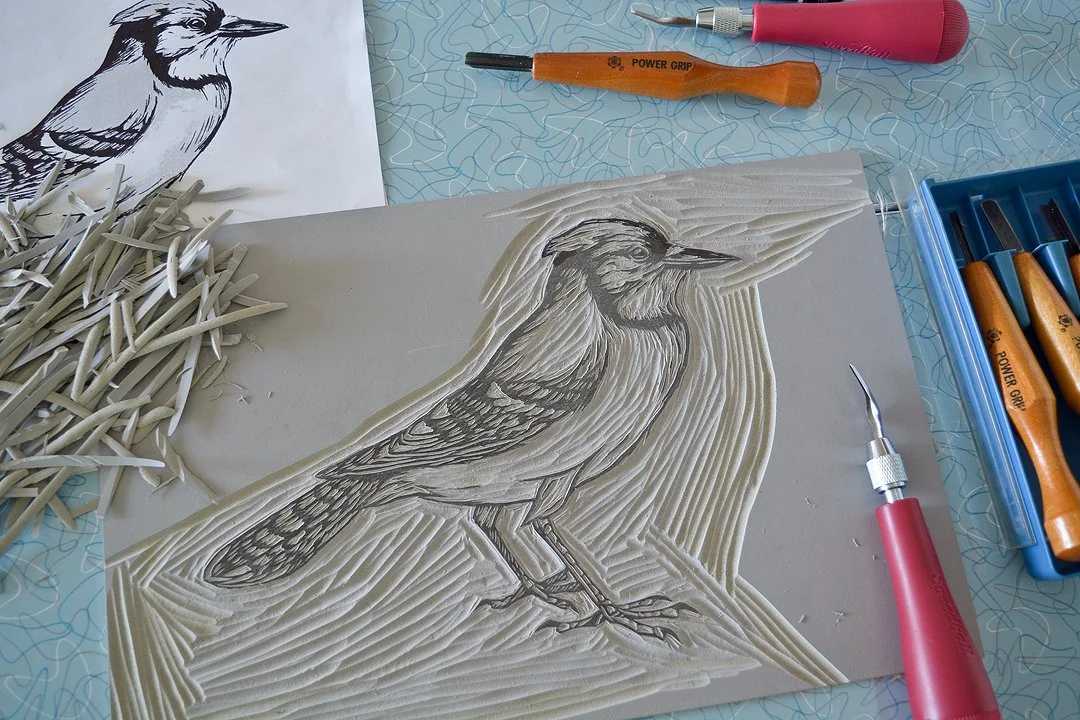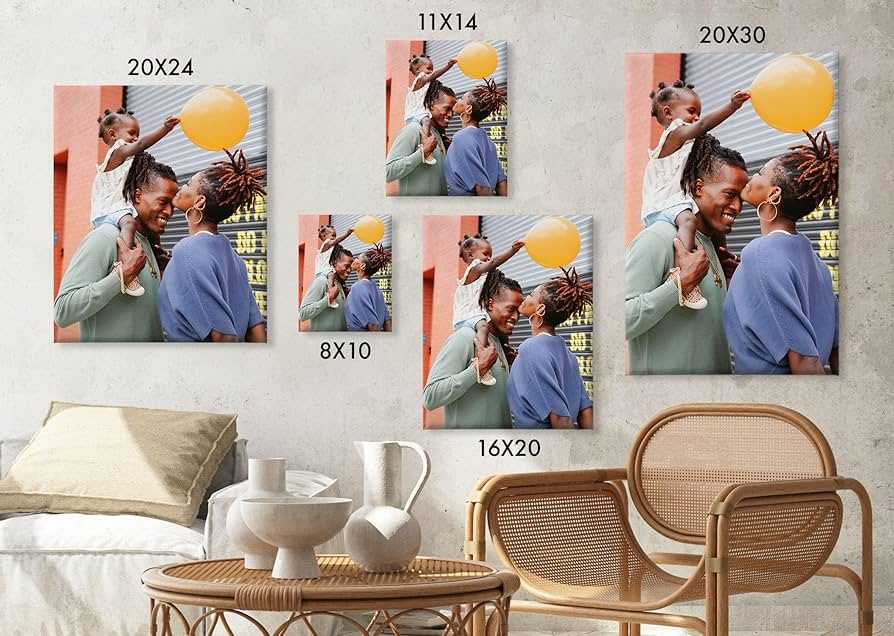Table of Contents
- Exploring the Art of Printmaking on Canvas Techniques and Tools for Success
- Choosing the Right Materials for Canvas Printmaking Quality and Durability
- Innovative Styles in Printmaking on Canvas From Traditional to Contemporary
- Tips for Displaying and Preserving Your Canvas Prints Enhancing Aesthetic Appeal
- Q&A
- Wrapping Up
Exploring the Art of Printmaking on Canvas Techniques and Tools for Success
Printmaking on canvas offers a captivating fusion of traditional techniques and modern artistry, enabling artists to explore boundless creativity. One of the most common methods is screen printing, where ink is pushed through a mesh screen, allowing for vibrant designs to come alive on durable canvas. Artists appreciate this technique for its ability to produce bold colors and intricate detailing. To achieve success with screen printing, ensure you have the right set of tools, such as a squeegee, screen frames, and quality inks.
Another popular approach is relief printing, which involves carving a design into a surface, rolling ink over it, and pressing it onto the canvas. This technique can evoke a tactile quality that invites viewers to interact with the work on a sensory level. For this method, artists should consider using linoleum, woodblocks, or even foam stamps for varied textures and depths. It’s essential to choose the right tools to ensure precision and maintain the integrity of the design, contributing to an overall impactful piece.
Additionally, monotype printing stands out for its spontaneity and uniqueness. This process involves painting directly onto a smooth surface and transferring the image onto canvas, resulting in one-of-a-kind prints. Embracing this technique allows artists to explore colors and forms dynamically. By using tools such as brayers and simple paintbrushes, the artist can experiment with layering techniques and textures, ultimately enriching the canvas with depth and personality.
Lastly, understanding the importance of canvas preparation is crucial for achieving successful printmaking results. A properly prepared canvas can significantly enhance the overall quality of the artwork. Artists should consider factors such as gesso application for priming surfaces, which not only provides a suitable base for ink but also helps prevent absorbency issues. Below is a simple table summarizing key materials and their effects.
| Material | Effect on Print |
|---|---|
| Gesso | Prepares canvas for smooth ink application |
| Screen printing ink | Provides vibrancy and durability |
| Brayer | Evenly distributes ink for smoother finishes |
| Carving tools | Ensures precision in relief designs |


Choosing the Right Materials for Canvas Printmaking Quality and Durability
When embarking on the journey of printmaking on canvas, the choice of materials plays a pivotal role in the final outcome. The canvas itself should be the primary focus, as it serves as the foundation for your artwork. Look for high-quality cotton or linen canvases as they offer superior durability and texture. Cotton canvases are renowned for their affordability and versatility, while linen canvases provide an unmatched elegance and strength, making them ideal for fine art prints. Each type brings out different characteristics in the print, influencing both appearance and longevity. In addition to the canvas, the inks you select are crucial for achieving vibrant, lasting prints. Seek out pigment-based inks as they offer greater lightfastness compared to dye-based options. This is an essential consideration for artists who wish to sell their work or display it in environments where exposure to light is inevitable. Pigment inks not only resist fading over time, but they also provide a richer color range, ensuring that your artwork maintains its visual appeal for years to come. When it comes to coating choices, adding a protective layer can greatly enhance the durability of your canvas print. Some popular protective options include matte, satin, or glossy finishes. Each finish offers distinct benefits: a matte coat helps reduce glare, enhancing visibility in brightly lit spaces, whereas a glossy finish intensifies colors and boosts contrast. Additionally, consider applying a UV protection layer to safeguard your artwork from harmful rays, thus prolonging its lifespan and keeping the colors true. To simplify the decision-making process, consider using the following table that outlines key attributes of canvas and ink choices:| Material Type | Durability | Texture | Lightfastness |
|---|---|---|---|
| Cotton Canvas | Moderate | Natural | Good |
| Linen Canvas | High | Fine | Excellent |
| Pigment-Based Ink | High | – | Exceptional |
| Dye-Based Ink | Moderate | – | Fair |


Innovative Styles in Printmaking on Canvas From Traditional to Contemporary
Printmaking on canvas is a fascinating fusion of traditional techniques with innovative modern practices. Artists have long relied on methods such as lithography, etching, and woodblock printing to express their creativity. These time-honored methods, rooted in history, continue to inspire contemporary artists to push boundaries and explore new styles. By incorporating digital tools and mixed media into the printmaking process, artists can create pieces that resonate with a contemporary audience while still honoring the craft’s rich heritage.
One notable trend in modern printmaking is the rise of monotype prints, which allow for immediate and spontaneous artistic expression. Unlike other forms where editions can be produced, monotypes create unique, one-of-a-kind prints. This technique leads to striking textures and vibrant color combinations, giving artists the freedom to experiment. Additionally, the versatility of collage techniques has gained traction, enabling artists to layer different prints or materials to compose visually complex narratives.
Artists are also redefining the canvas itself, using unconventional materials that challenge the perceptions of printmaking. For instance, integrating textiles and found objects into the print can create a tactile quality that draws the viewer closer. Some artists use eco-friendly inks and materials, opting for sustainable methods that still yield high-quality prints. These innovations not only reflect an artist’s style but also an awareness of environmental impacts, merging aesthetics with ethics.
To illustrate the diverse methods contributing to innovative printmaking on canvas, consider the following table showcasing some key styles and their characteristics:
| Printmaking Style | Characteristics |
|---|---|
| Monotype | Unique prints, spontaneous techniques, rich textures |
| Woodblock | Traditional carving, bold shapes, dramatic contrasts |
| Digital Printmaking | Leveraging technology, limitless possibilities, rapid production |
| Collage | Layering varied materials, multidimensional storytelling |
Through these innovative styles, printmakers on canvas continue to enrich the art world, blending time-honored techniques with fresh ideas. This evolution not only highlights the adaptability of printmaking but also challenges artists to embrace experimentation and creativity. As we witness these transformations, it becomes evident that the dialogue between tradition and modernity is not merely beneficial but essential for the growth of artistic expression.


Tips for Displaying and Preserving Your Canvas Prints Enhancing Aesthetic Appeal
Displaying your canvas prints effectively not only highlights their beauty but also elevates the overall aesthetic of your space. One of the most impactful methods is to consider the arrangement of your artwork. Creating a gallery wall composed of various sizes and orientations of prints can create a dynamic and engaging focal point in any room. Coordinate colors in your prints with your existing decor, and balance frames and matting for a cohesive look. Experiment with different layouts on the floor before committing to nail anything to the wall.
Lighting plays a crucial role in showcasing your canvas prints. Natural light can beautifully illuminate colors, but it’s essential to avoid direct sunlight, which can cause fading over time. Instead, consider using soft LED lights or spotlights to draw attention without the detrimental effects of UV rays. For rooms where natural light is prominent, sheer curtains can diffuse harsh sunlight while still allowing your prints to shine.
Preserving the quality of your canvas prints is as important as displaying them attractively. Regular dusting with a soft, dry cloth helps maintain their vibrancy without risking damage from cleaning products or water. If you notice any stains, gently spot clean with a damp cloth, but avoid saturating the print. For long-term preservation, consider using a protective spray designed specifically for canvas art, which can shield against moisture and dust.
When it comes to framing, choose options that enhance but don’t overpower your prints. Floating frames can provide a modern touch, allowing the canvas to seem like it’s suspended in the air, while traditional frames offer a classic appeal. For added sophistication, you might use a simple color palette that matches your home decor. It’s also a good idea to ensure that the frame has a backing that can protect against moisture and dust accumulation.
Q&A
Q&A: Exploring Printmaking on Canvas
Q: What is printmaking on canvas? A: Printmaking on canvas is a technique that involves transferring an image onto a canvas surface. This method combines traditional printmaking processes, like lithography or screen printing, with the elegant and textured backdrop of canvas, resulting in vibrant artworks that retain the unique qualities of both prints and paintings.Q: What materials do I need for printmaking on canvas? A: To get started with printmaking on canvas, you’ll need the following materials:
- Canvas: Choose pre-stretched or raw canvas, depending on your project.
- Inks: Water-based or oil-based inks work best for printmaking.
- Brayer/Roller: For applying ink.
- Printing Plates: These could be wood, linoleum, or screen printing frames.
- Baren or Spoon: For applying pressure when transferring images.
- Palette: For mixing inks.
- Protective Gear: Gloves and an apron to keep your workspace clean.
Q: Can I use digital images for printmaking on canvas? A: Absolutely! Digital images can be incorporated into printmaking on canvas through processes like giclée printing. This technique uses high-quality inkjet printers to reproduce your digital artwork onto canvas, capturing every detail and color nuance, which is ideal for artists looking to expand their portfolios.
Q: What benefits does printmaking on canvas offer? A: Printmaking on canvas offers several advantages:
- Durability: Canvas is sturdier than paper, providing longevity to your artwork.
- Texture: The natural weave of the canvas adds depth and character to prints.
- Versatility: It allows various techniques and styles, accommodating everything from abstract to realistic designs.
- Presentation: Finished pieces on canvas can be displayed without framing, adding a contemporary touch to any space.
Q: Is printmaking on canvas suitable for beginners? A: Yes! While some techniques may require practice, many printmaking methods on canvas are beginner-friendly. Starting with simple designs and using basic materials can build your confidence and skill set. Workshops and online tutorials can also provide valuable guidance for novices.
Q: How do I care for and preserve my printmaking on canvas artwork? A: To ensure the longevity of your canvas prints, consider the following care tips:
- Avoid Direct Sunlight: Display your artwork in areas with controlled lighting to prevent fading.
- Dust Regularly: Use a soft, dry cloth to gently remove any dust or debris.
- Ambient Environment: Keep the artwork in a stable environment; avoid areas with high humidity or extreme temperatures.
- Proper Framing: If you choose to frame your print, use UV-protective glass and avoid direct contact with moisture.
Q: Can I mix different printmaking techniques on canvas? A: Definitely! Mixing various printmaking techniques can yield stunning results. Artists often combine processes like monotype, lithography, or screen printing on the same canvas piece to create layers of texture and visual interest. This experimentation can lead to unique and personalized artworks that stand out.
Q: Where can I find inspiration for printmaking on canvas? A: Inspiration can be found everywhere! Consider visiting art galleries, exploring online platforms like Pinterest and Instagram, or even nature walks. Additionally, art books and local workshops can introduce new techniques and styles, helping to spark your creativity for printmaking endeavors.
